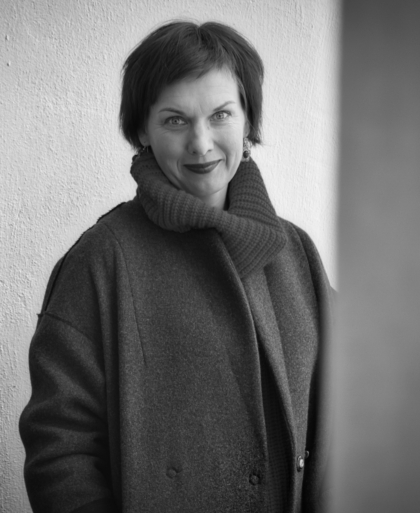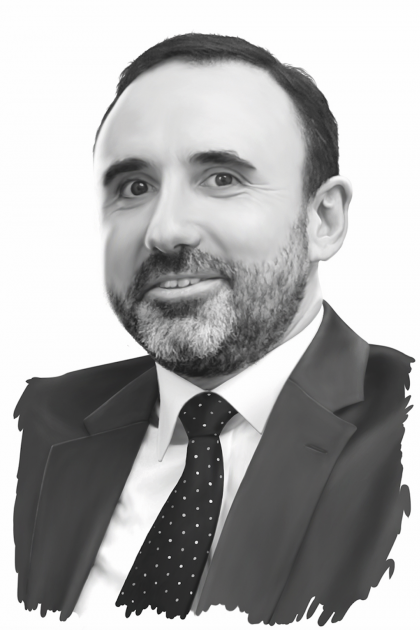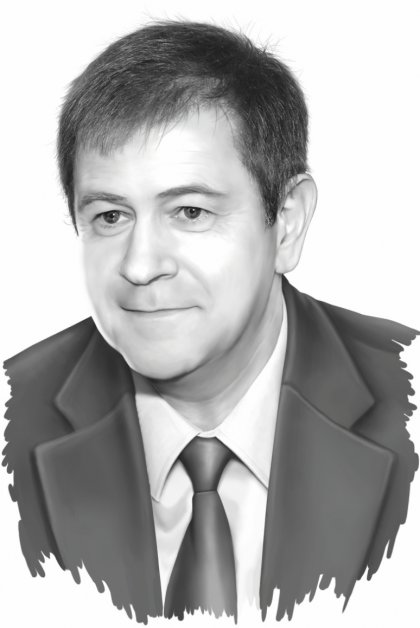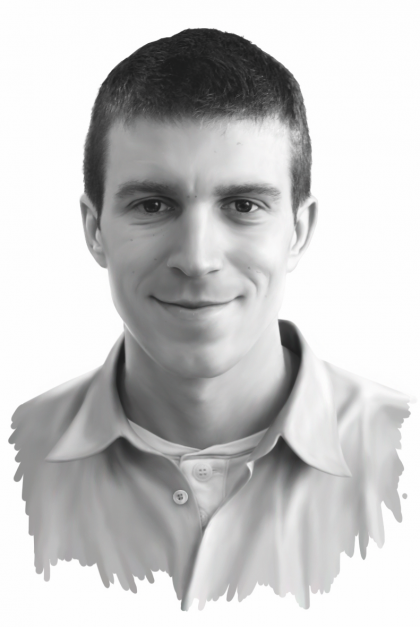Audrius Stonys
Film director and producer, Professor in Lithuanian Academy of Music and Theatre. Recipient of Lithuanian National Culture and Art Award. Member of European Documentary Network.
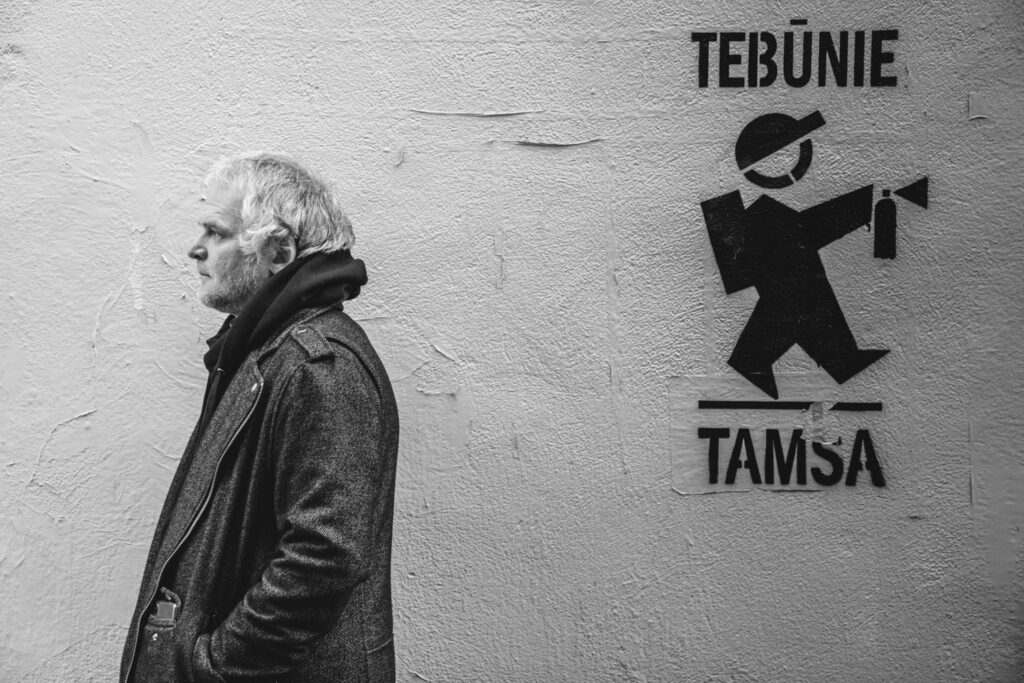
Cinema is light born from a star – eight minutes and twenty seconds of quantum-photons of light traveling towards Earth, touching our world, reflecting from it and entering the intricate maze of a film camera’s mirrors and lenses, leaving its mark of light on the film’s sensitive emulsion surface, through which the bright light from a projector lamp seems to recreate a world that once existed – a day, a month or a year ago.
Our eyes do not have the ability to read all light. What happens to the invisible part of the electromagnetic spectrum?
Audrius Stonys
After spending over thirty years in the world of cinema, I’m beginning to think that probably the more important thing is not what is visible, but what is invisible. What remains outside of the boundaries of the visible spectrum. Perhaps therein lies the hidden key to unlocking the metaphysical spaces of cinema.
There is nothing poetic in the process of making a film, which is usually a sequence of well-planned rational actions, which result in a reel of 24 photographic frames per second. And while we can say that films are simply photographs that fly by our eyes at a tremendous speed, there are a few factors that significantly hinder this viewpoint.
When we talk about photography, we are talking about composition, light, depth of a frame, the scene inside of the frame. In order to describe a film frame, many motion vectors would need to additionally be considered. The movement of a frame horizontally, vertically, the movements of objects in the foreground, movement in the second, third frame, and so on, eventually moving forward from the depth of the frame and vice versa. In addition to the cinematographer’s actions, each object also has its own trajectory of movement that interacts with the trajectory of another object, creating new semantic, dramatic, aesthetic tensions.
The cinematographer cannot ignore any of these trajectories, as the slightest inaccuracy can destroy the atmosphere of the frame, reduce or even destroy its impact on the viewer.
There are mechanisms in feature films that minimize or even eliminate any possibility of chance, but documentary films constantly face challenges when one tiny element can destroy a long-awaited, highly composed frame. Yes, a yellow car that has unexpectedly passed by in the distance can nullify the atmosphere of a monochromatic frame.
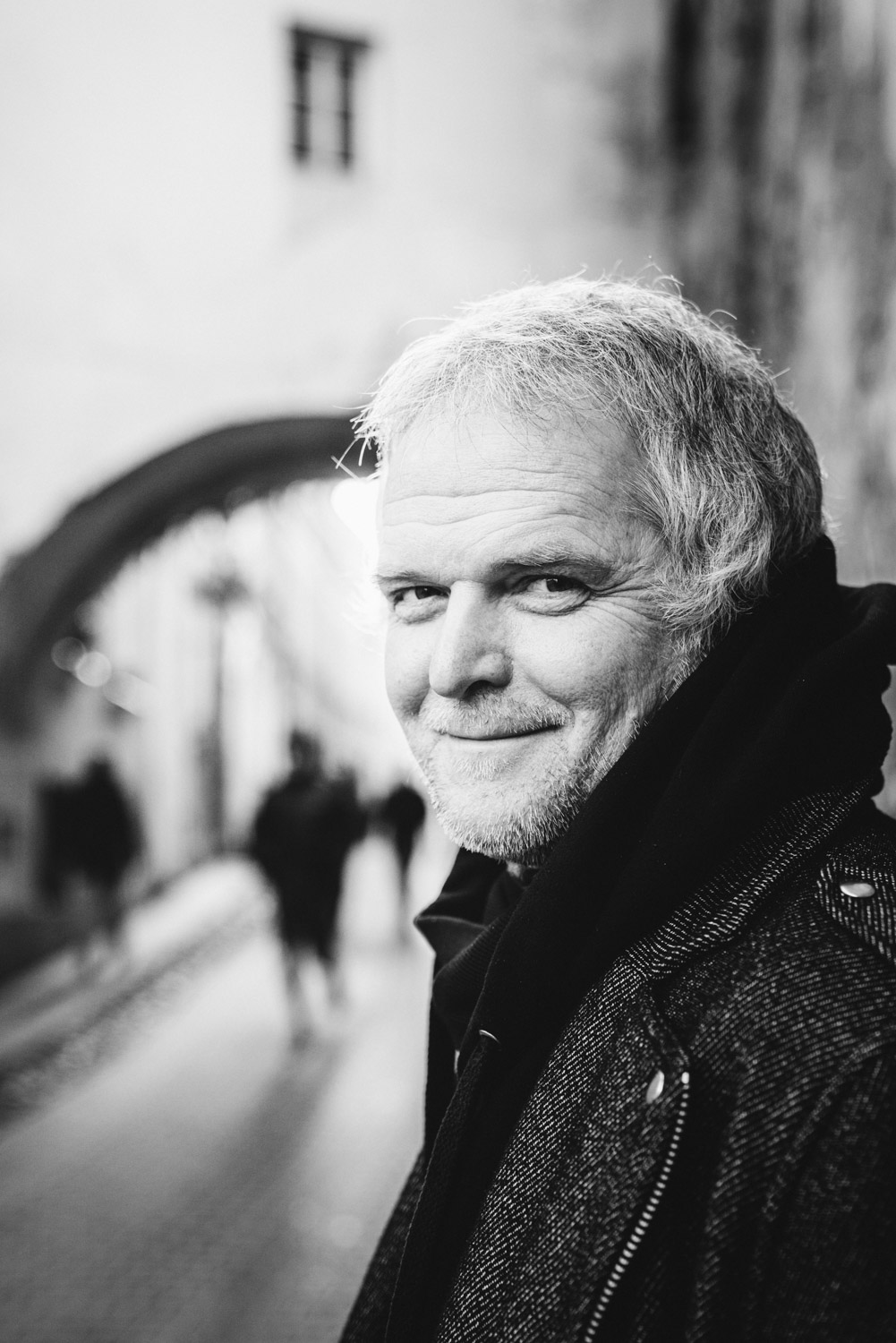
The movement of the camera itself is an act of talking to the viewer. Why does the camera begin its panoramic shot at object A and move towards object B? Does it stop at object B, or did the movement continue only to be cut out in the editing room? Why did the operator choose to film what lies between A and B? Why at this and not a different speed? Why is the frame composed with all of its space taken up by the earth and only a small ribbon of sky visible? Or, conversely, why does the camera glide across the entire sky, barely skimming the tops of trees? These questions are not rhetorical ones. The trajectory, composition and dynamics of motion all have a semantic or atmospheric function. All of these actions must be made through conscious choice and are subordinate to the overall idea of the film as well as based on the internal synchronicity of the director and the cameraman. Even the slightest shake of the camera can turn an objective camera, when there is no one behind the camera, into a subjective, “breathing” camera that begins to participate in the action of the film. Of course, it is possible to have movement or landscapes in a frame that are not loaded with meaning i.e. beauty for the sake of beauty, but then such a frame simply becomes semantic ballast in the structure of the film and interrupts the flow of thought. According to Professor Mikhail Iampolski at New York University, “Louis Delluc considered it a mistake in photogénie to overdo something already beautiful by adding something else beautiful. A move towards true beauty is possible only by giving up all the beauty so often seen in cinema. From this idea stemmed Louis Delluc’s hate of landscapes reminiscent of postcards.”
Ямпольский M., “Видимый Мир”, Киноведческие записки, Москва, 1993, p. 30.
In speaking about painting, the English journalist, philosopher, theologian and great thinker G.K. Chesterton was very precise in defining the main feature that distinguishes a landscape from a work of art, “Art is limitation; the essence of every picture is the frame.”
It should be noted that the frame he mentions is not a limiting but an expanding factor in works of art. By limiting physical space, the frame opens up the viewer’s space for imagination. When watching a film, we create a world that is beyond the frame. Thus, the frame allows a viewer to participate in the creative process of the film, producing non-existent landscapes generated by the subjective consciousness, born in the behind-the-scenes darkness. Light sharpens contours, turns the world into a concrete three-dimensional image, but also blinds one. Indeed, darkness immerses our world into a space of mystery and promise, where anything or everything can exist. Uncertainty can be both frightening and attractive at the same time. Darkness makes real the fantasies of our dreams, hopes and fears.
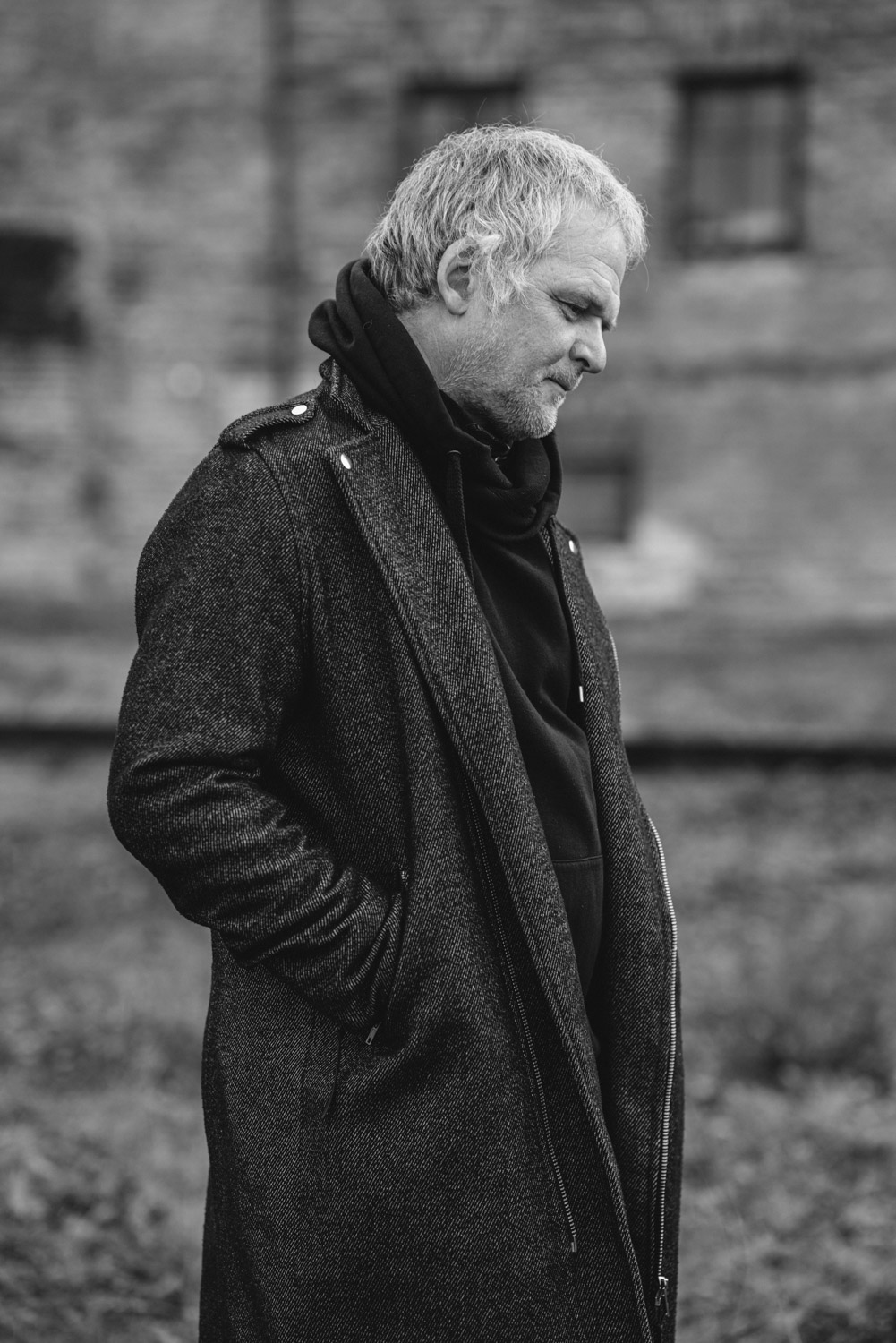
It forces us to open our eyes wider and to see the contours of an unknown world in the deep abyss of darkness. While making my first film, The Land of the Blind (1992), I discovered my previously unknown world of the blind. The notion that they live in the loneliness of monotonous, black darkness was shattered as soon as I met the subjects of the film, Veruta Čingaitė and Stasys Burbas. They “saw” by touching with their fingertips, listening to sounds that are inaudible to us, turning their faces towards the breeze of the wind, creating shapes and images of an unimaginable world in an incomprehensible space. Getting to know them better, I realized that their visible world is richer, brighter and clearer than the one I see with my own eyes. In it, each sound had the power not to complement but to create an image.
And how multilingual is the light, where it is so easy to hide in the abundance of things and details, and how quiet and clear is the darkness.
Audrius Stonys
When filming reality, we dive into a sea of countless objects, details, landscapes. Each thing is imbued with a meaning created over time, history and the human touch. Junctures of things create new meanings. An old rusty car standing near a wooden house tells its story through its dents, rust stains, shabby, worn-out seat upholstery. The stories of the people who resided there live on in the walls of the house next to it. A plastic child’s toy thrown on the ground, an old bicycle leaning against a fence that has its own stories. Simply filming these things would make it seem as if they were just randomly strewn about and then they will remain silent to us. In order for them to speak, we need to close our eyes, tune out our inner rational voices, and allow them to speak to us in their quiet, barely audible voices. We have to learn to listen to them.
Closed eyes help to open our inner vision, seeing through the external forms of objects into their deeper essence. Sounds and smells start to speak. Intuition, emotional memory, dreams, hopes and visions help to film an invisible but always adjacent world in which time and space are no longer subject to the laws of physics but have given themselves up to the inner rhythm of the human heart. Walking in darkness is not hurtling along an uncontrollable flow of the subconscious, but rather an attempt to see our world anew that has been hidden in a maze of ordinary, routine images. The informational noise that surrounds us with meaningless information, sounds and images dims the eyes of our souls. It might be possible to see large objects during an extended period of wandering, but the small, insignificant ones will remain invisible. And it is on them that the signs of time and of the human soul are inscribed. Henrikas Šablevičius and Robertas Verba, who made classic poetic documentaries, understood this very well. They closed their eyes and refused to to film the pathological hustle and bustle of reality at that time, choosing rather to film insignificant, simple, undeserving people, centenarians spending their days in old folks’ homes, deer running next to a narrow-gauge railway and the little train itself, ridiculously slow and useless. Now, from the perspective of time, you can see that these films of theirs most accurately and sensitively reflected the times.
After talking to hundreds of film subjects, you begin to understand just how deceptive words can be and how easy it is to hide behind them. Man, with the help of words, creates his own virtual projections behind which the real “I” hides. A silence that is crystal clear allows one to look at the human soul through a person’s eyes, the wrinkles of a face, their hands.
And how multilingual is the light, where it is so easy to hide in the abundance of things and details, and how quiet and clear is the darkness. We only think that a film is created by the light which emanates from a star, but that only creates an outer covering for the film. Films are born in the depths of our souls — in those places where memories, dreams, expectations and fantasies reside.
The light from a star simply awakens our consciousness. And if it’s not ready, the light will bounce off as if from a mirror and disappear without leaving a trace. In order for it to stay and travel through the endless labyrinths of our soul, we just need to close our eyes.
Audrius Stonys

